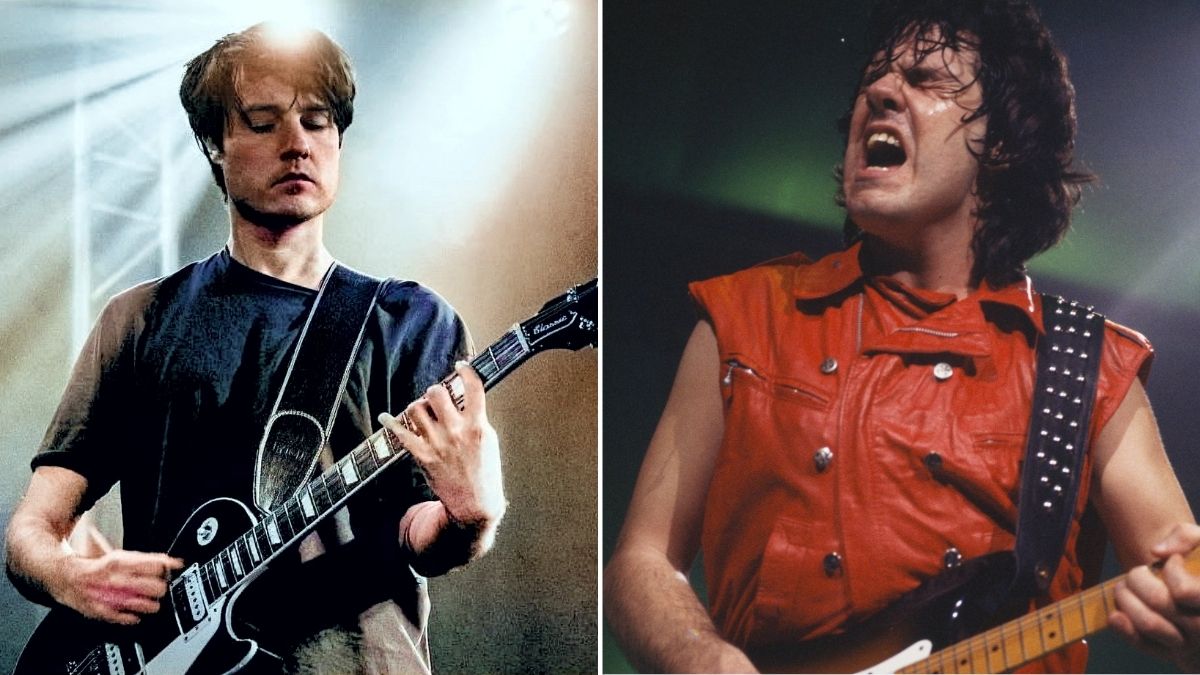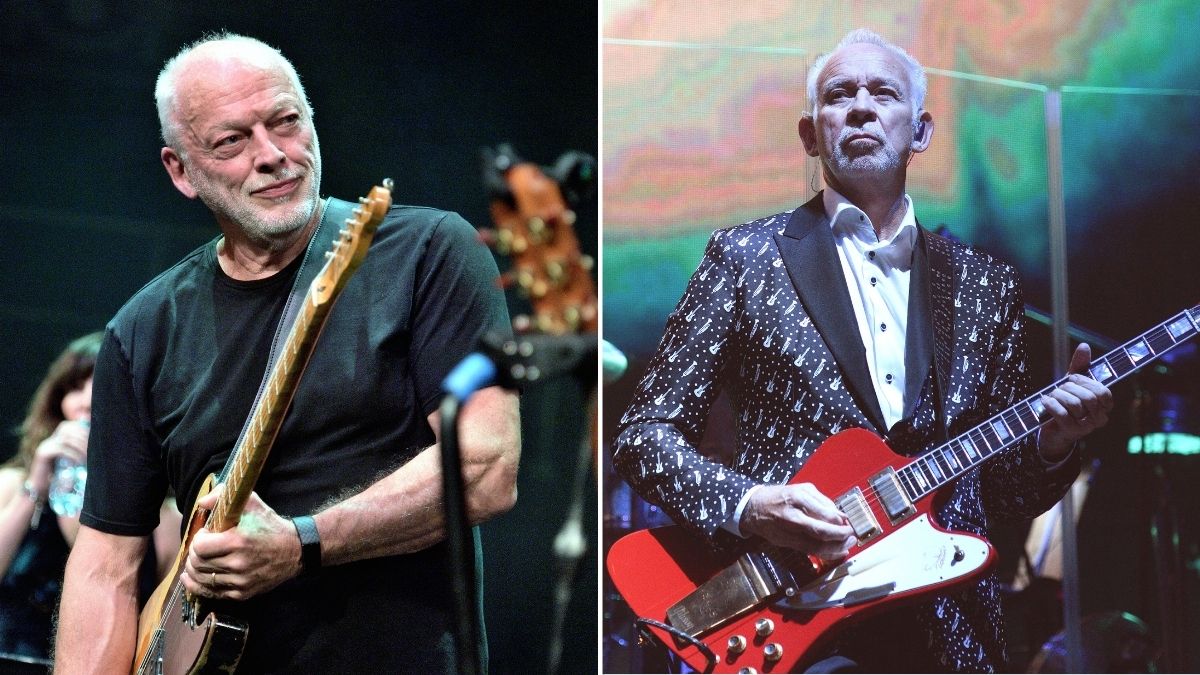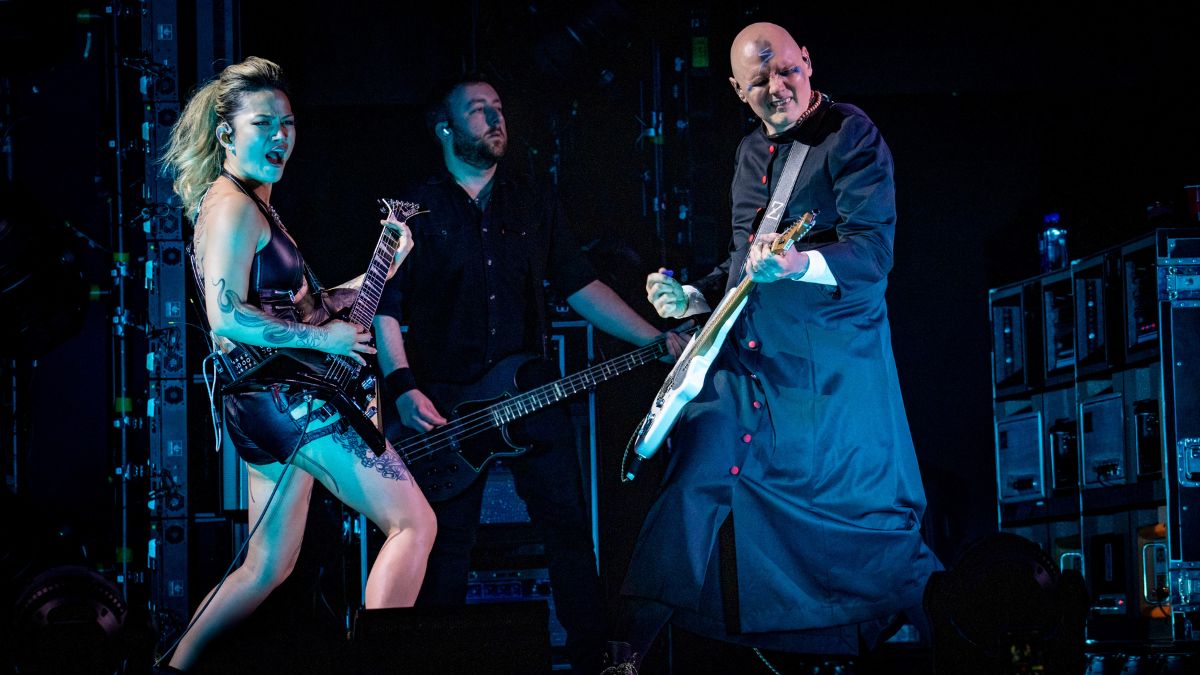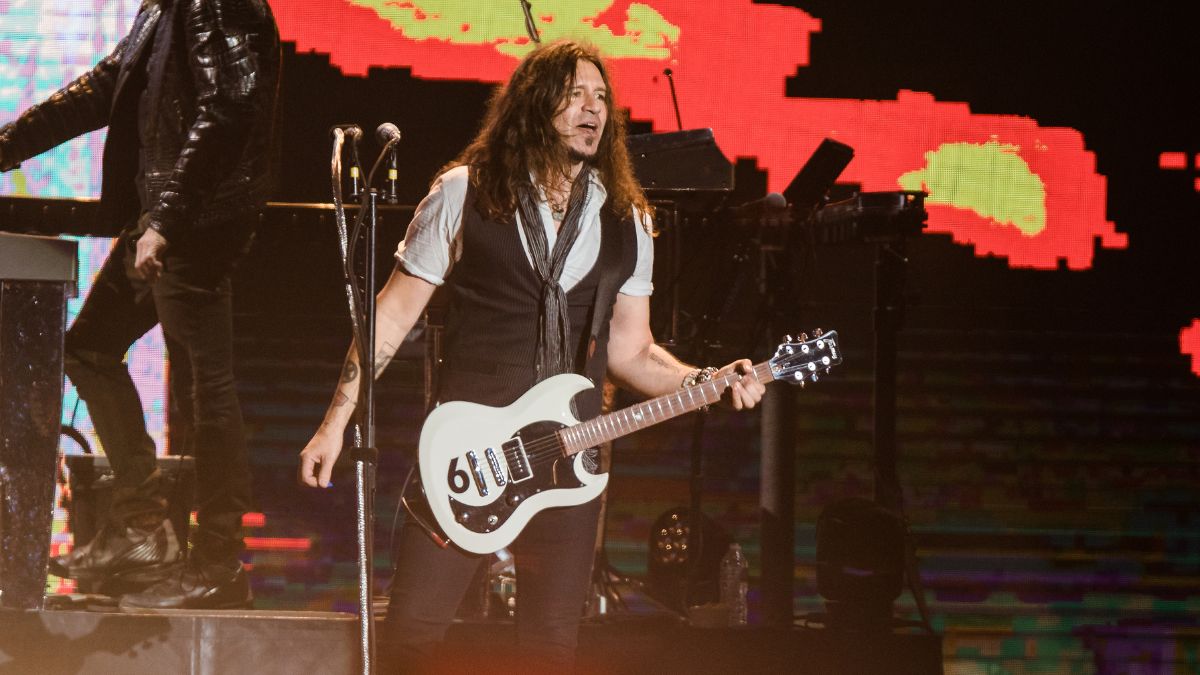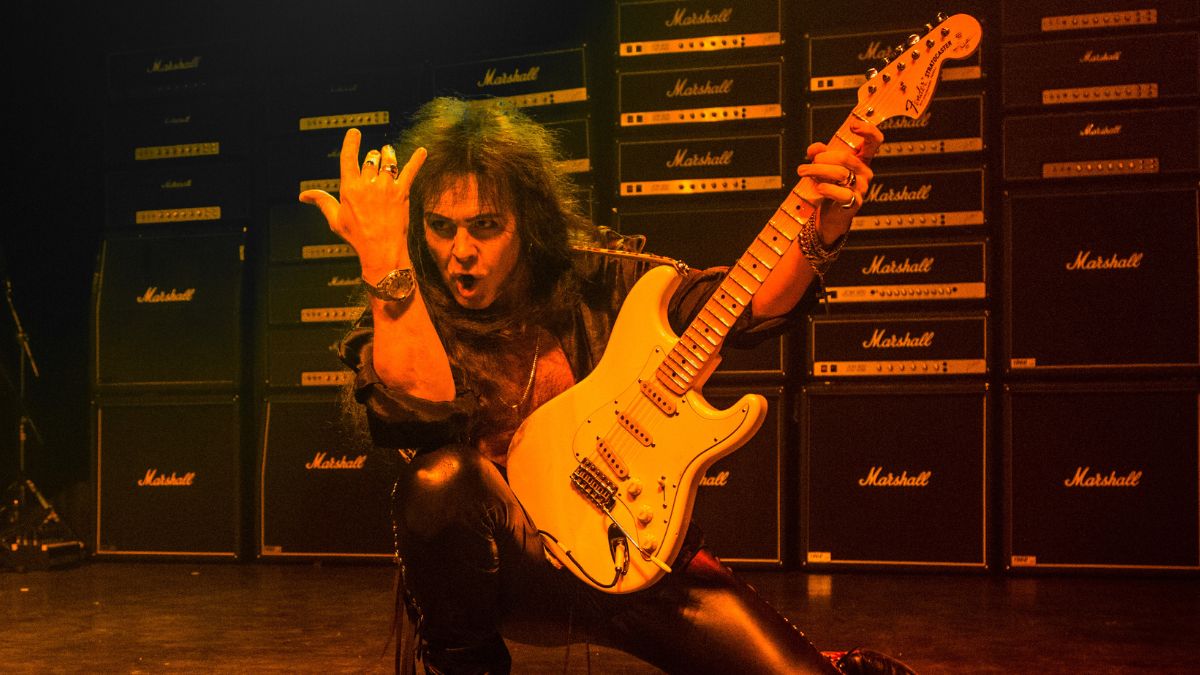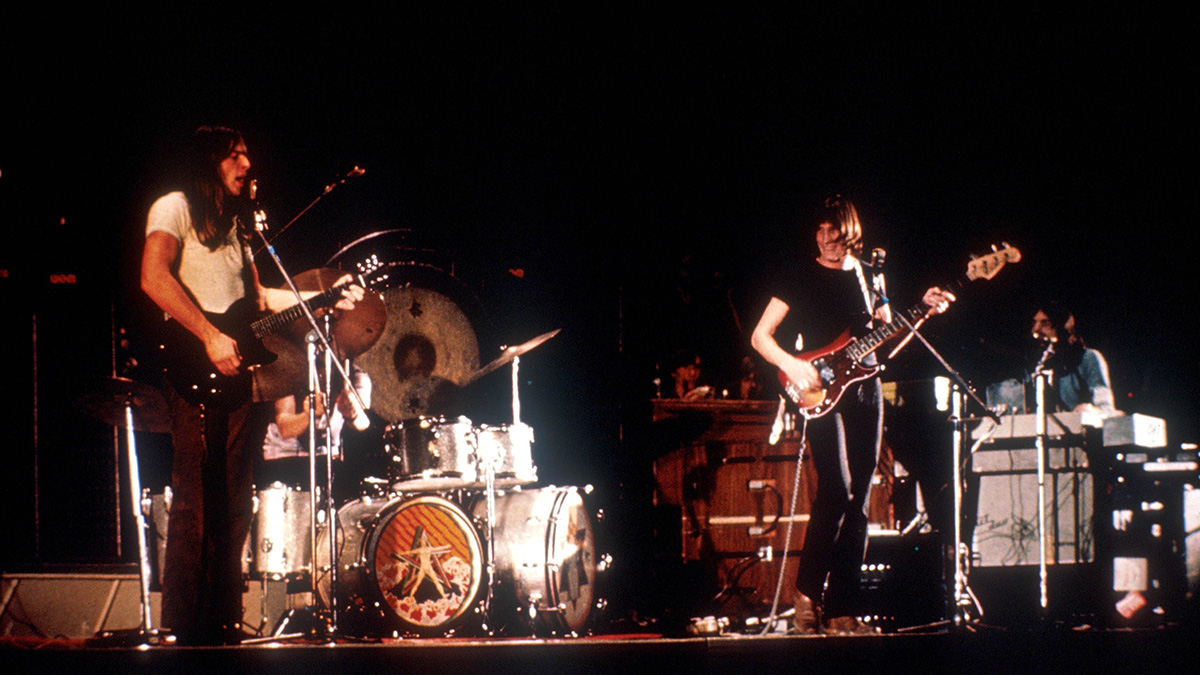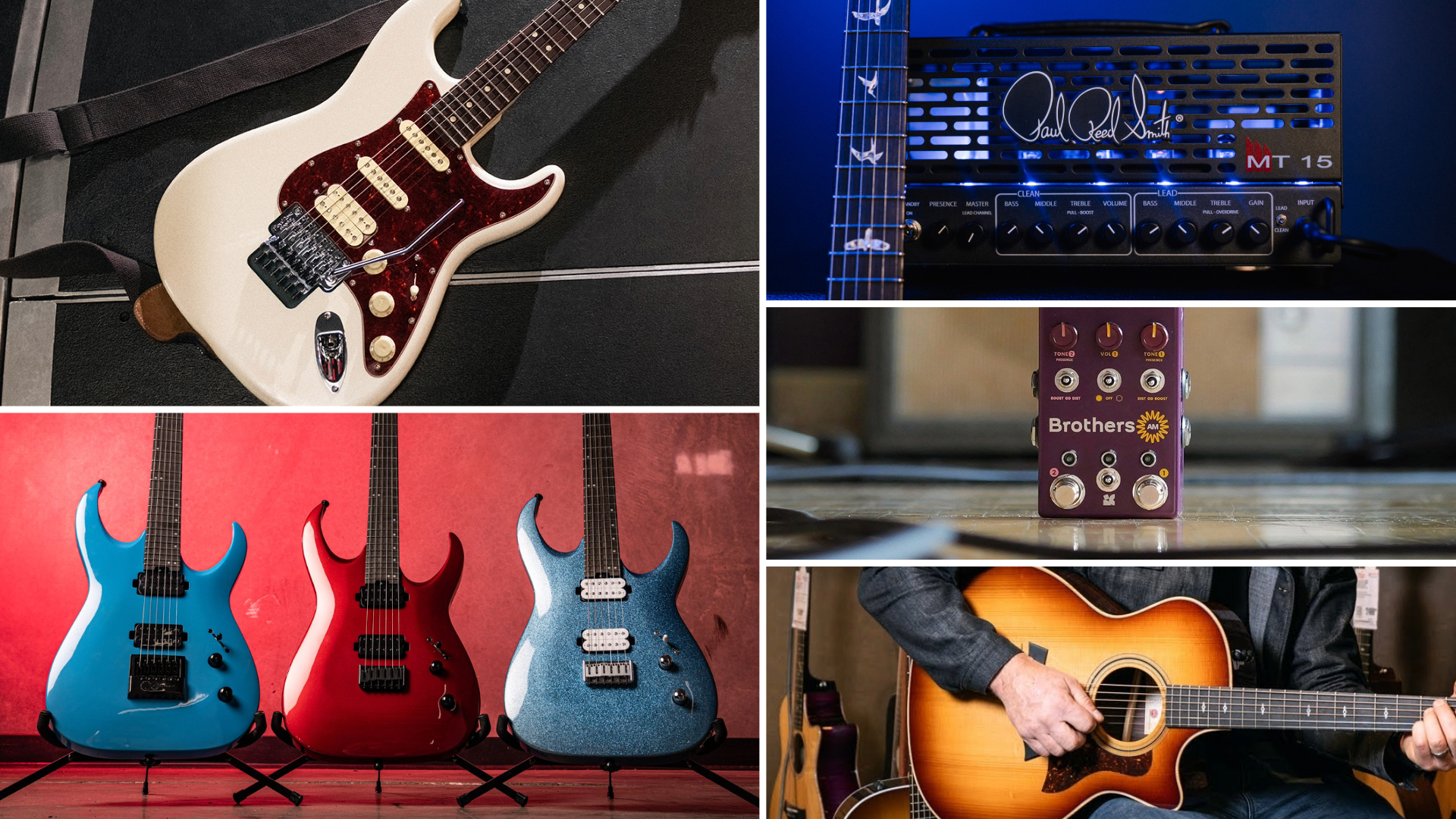“I played my first Flying V ironically as a joke… It was considered a very ‘metal’ guitar, and I could not shred”: L7’s Donita Sparks on why she opted to play a Flying V – despite it being a “shredder guitar”
The Flying V has accompanied Sparks throughout her journey with L7 – including some of the band's most career-defining moments, such as their 1994 Glastonbury appearance and their notorious 1992 Reading set

L7's Donita Sparks has become inextricably linked to the Flying V – a guitar that, admittedly, might not be the first guitar music fans associate with grunge-tinged art punk. However, Sparks claims her choice was deliberate, albeit one that began as a bit of a joke with a not-so-subtle hint of defying expectations.
“I do remember my first Flying V,” she tells Guitar World. “I played it ironically as a joke because nobody had a Flying V at that time who was doing art punk, or at least punk, right? It was considered a very ‘metal’ guitar, and it was kind of ironic, like I could not shred. I've never been a shredder, and yes, it's kind of a shredder guitar.”
“A lot of guitars are very curvy, kind of like the silhouette of a va-va-voom woman,” she had previously shared with NPR. “And a Flying V is very angular. And it looks like you're playing something from the Jetsons.”
Once the band gained momentum, Sparks stuck with the Flying V, even playing it at career-defining moments like their 1994 Glastonbury appearance and their infamous set at the 1992 Reading Festival.
“At that point [in my career], I was playing Epiphone Flying Vs because the folks at Epiphone were kind enough to give me free guitars. So, I had Epiphone Flying Vs, and those were great.
“And I always needed a tremolo bar, so they had those, but sometimes, I'd break them by throwing them off me, and they'd have to get repaired. There was a lot of duct tape going on with all our stuff.”
While Sparks switched to a 1963 Gibson Melody Maker for her solo record Transmiticate, feeling that the Flying V represented her “L7 identity,” the band's 2014 reunion and their 2019 album Scatter the Rats saw her return to the model she's best associated with – with a notable upgrade.
Get The Pick Newsletter
All the latest guitar news, interviews, lessons, reviews, deals and more, direct to your inbox!
“We all play Gibsons now. Suzy plays a Gibson Melody Maker, and I'm on a Flying V. So, we finally graduated from Epiphone to Gibson!” she quips.
Janelle is a staff writer at GuitarWorld.com. After a long stint in classical music, Janelle discovered the joys of playing guitar in dingy venues at the age of 13 and has never looked back. Janelle has written extensively about the intersection of music and technology, and how this is shaping the future of the music industry. She also had the pleasure of interviewing Dream Wife, K.Flay, Yīn Yīn, and Black Honey, among others. When she's not writing, you'll find her creating layers of delicious audio lasagna with her art-rock/psych-punk band ĠENN.
“I heard the Money solo and thought, ‘This is amazing!’ So I sent David a telegram saying, ‘Remember me? I'm in a band now called Roxy Music’”: Phil Manzanera on his friendship with David Gilmour, and the key to the Pink Floyd man's unmistakable tone
“It’s really quite genius, but also hard to learn – it sounds insane, but sometimes the easiest songs still get me nervous”: Kiki Wong reveals the Smashing Pumpkins song she had the most trouble with



